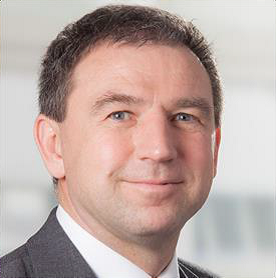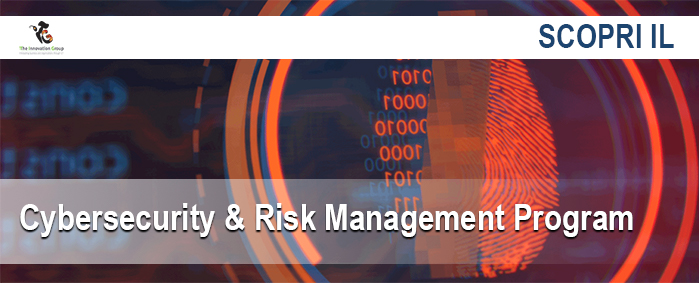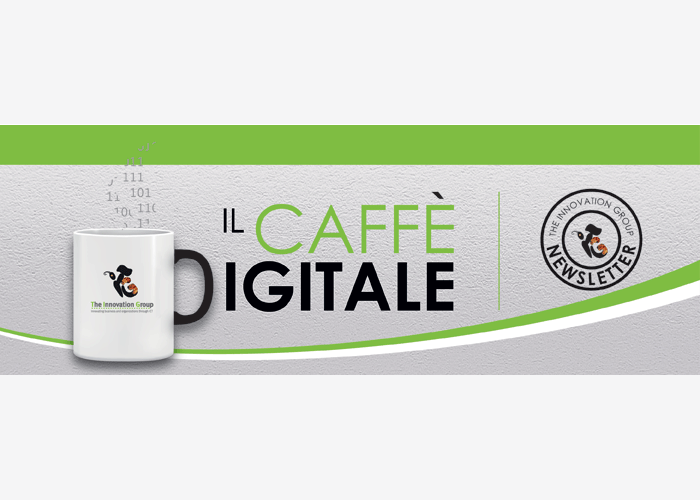Interviewing Thomas Usländer: The New Challenge of IoT
ALTRI ARTICOLI
The Innovation Group interviews Thomas Usländer, VP Internet of Things, Head of the Department Information Management and Production Control, Fraunhofer IOSB, Germany.
TIG. What is the Internet of Things (IoT)? What does it mean for enterprises to adopt this paradigm?
T.U. The paradigm of IoT is not easy to understand since it is a visible technological trend that fits into various application domains and can be driven by either the big IT companies or those that make smaller, smart and intelligent components based on the internet. Today, the main problem that is faced regards standards and protocols: there is not yet a “unique” standard of communication for these new technologies, but there are a lot of standards, lots of communication protocols, which are domain-specific. For example, there are different protocols in the smart health area, or in the smart energy sector. On the contrary, the real exploitation of the potential of IoT is achieved when one starts to think across various domains, trying to exploit data from them, maybe data that originally were not perceived for being applied to different domains. Today, IoT is perceived as made by vertical markets, but the real disruption comes from crossing them and reusing data across different domains: it is largely combining different types of data that a company can generate new services and, therefore, new business models. Think about the lighting market: today light bulbs inside buildings are not intelligent, they just produce light; in the future, however, they may include smoke detectors, internet connections and cameras. And think about all the possibilities that become real having such a light bulb in a room: it can then become a fire alarm sensor, an intrusion detection system, entering the full security domain and creating value for police or for the security of buildings and facility managers.
TIG. According to you, who will be the main players in the new markets created by the IoT?
T.U. This is the big question: if companies that are producing traditional objects – for example, Phillips and OSRAM that produce light bulbs – do not think about that and do not go in that direction, maybe other companies, which are not in that market (for example Google, which bought Nest), simply purchase small companies and enrich the traditional object with more intelligence, and this already happens. In this case, the question is why these companies are entering new markets: did Google buy Nest in order to enter the facility management market or because it is interested in getting the data for improving searching activities, i.e. its core business? Indeed, the data that can be derived from all these new objects may help Google to better tailor the advertisements when people are searching on its search engine. This may seem like a little bit utopia, but I think we are going into that direction.
TIG. It seems like a new challenge for traditional markets. What does it mean for companies that are already playing in these markets?
T.U. Yes, it is a new challenge. The question is where the value of these smart objects is: is it really just the functionality of that object that generate new businesses, or are the data that can be indirectly gained from these objects and support additional services? Look again at Phillips and OSRAM: they can either enrich their products with a similar type of data and services and enter in that market, or leave the market to internet players, such as Google, Amazon or Apple. This is the discussion that each company producing such object is being faced and is not just about verticals, like smart home or smart energy, but the same will happen in the smart production area or in the manufacturing of the future.
TIG. This is particularly interesting for Italy, since it is the second manufacturing sector in Europe. What has to change in order to maintain this positioning?
T.U. Yes, Italy still has significant production and engineering expertise, Italians know very well how to engineer a product or a plant. Undoubtedly, Italy can master this know-how in a way that is successful on the market. However, the truth is that Italy cannot continue to produce as in the past, and this is true for all manufacturing sites. Maybe, traditional production processes will still work for the next 3-4 years, but I am pretty much convinced that it will arrive a time when Italy will face competitors that it does not know yet. Think about automotive and car manufacturing: soon will arrive companies producing also cars, small cars, flexible cars, electrical cars that can communicate, have internet access and autonomous-driving capabilities. This new trend will become soon the reality and the history has to cohabit with it and better drive it. Traditional companies do not have to leave the market to new companies that do not have “history” and the “burden” of the past. However, new companies develop new factories on the green field with new technologies; they are much more flexible, they use the latest state of the art technologies and can produce in such a way that they are much more flexible in responding to market demands: this means more individualization and personalization of the products and being faster on the market.
TIG. Is therefore being faster on the market one of the major topics of the IoT in manufacturing?
T.U. At the moment, in Germany we have a time to market for new cars of about, as far as I know, 5 years and you have to bring that down to maybe 3 years. This means that you need better technology: it is not a problem of production, it is a problem of engineering, design of engineering and of using common tools, models and data across different phases of the production cycle: what it can be learned from the manufacturing phase, it can maybe directly fit to the engineering phase. Actually, there are many breaks among each phase, a lot of logical gaps, and there is no continuity between the use of the data in one phase and in the other. This must change and traditional companies have to understand that quite soon…
 THOMAS USLÄNDER,VP Internet of Things, Head of Department Information Management and Production Control Fraunhofer IOSB, Germany
THOMAS USLÄNDER,VP Internet of Things, Head of Department Information Management and Production Control Fraunhofer IOSB, Germany
Dr.-Ing. Thomas Usländer holds a degree in Computer Science from the University of Karlsruhe, Germany, and a PhD in Engineering of the Karlsruhe Institute of Technology (KIT), Germany. He is head of the department “Information Management and Production Control” and deputy speaker of the business unit “Energy, Water and Environment” at Fraunhofer IOSB. His research interests include reference models and reference architectures for the Internet of Things as well as the service-oriented analysis and design of open architectures where he has numerous publications. He currently represents Fraunhofer IOSB in German working groups on “Industrie 4.0” of both engineering and IT associations and is an invited speaker for research topics around the Internet of Things. He was an invited expert of the European Commission, got the OMG Application Award 2000 and several best-paper awards in international conferences. See his LinkedIn profile.
Edited by Camilla Bellini, @camilla_bellini


